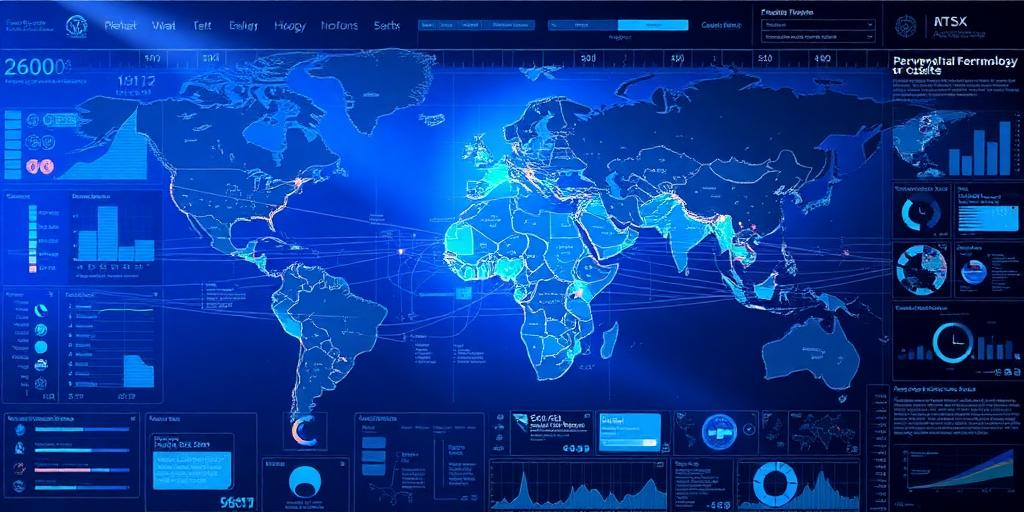The Role of Technology in Detecting and Preventing Atrocities
In an era defined by rapid technological advancement, the capacity to detect and prevent atrocities has undergone a profound transformation. Technology offers unprecedented tools for monitoring, analyzing, and responding to potential crises, presenting both opportunities and challenges for the global community.
Enhanced Monitoring and Early Warning Systems
Advanced surveillance technologies, including satellite imagery, drone reconnaissance, and social media monitoring, provide real-time insights into conflict zones and areas at risk of mass violence. These tools enable early detection of potential atrocities by identifying patterns of human rights abuses, population displacement, and hate speech. Sophisticated algorithms can analyze vast datasets to identify warning signs that might otherwise go unnoticed.
- Satellite Imagery: Monitoring troop movements, destruction of property, and displacement of populations.
- Social Media Analysis: Tracking hate speech, incitement to violence, and the spread of disinformation.
- Drone Reconnaissance: Providing aerial views of conflict zones, documenting human rights abuses, and assessing humanitarian needs.
Predictive Analytics and Risk Assessment
Predictive analytics leverage machine learning algorithms to forecast the likelihood of atrocities based on historical data, political indicators, and socioeconomic factors. These models can help policymakers and humanitarian organizations prioritize resources and interventions in high-risk areas. By identifying key drivers of violence, predictive analytics can inform targeted prevention strategies and mitigate the risk of future atrocities.
- Data-Driven Insights: Analyzing patterns of violence, identifying risk factors, and forecasting potential crises.
- Targeted Interventions: Informing prevention strategies, allocating resources, and prioritizing humanitarian aid.
- Improved Coordination: Facilitating collaboration between governments, NGOs, and international organizations.
Challenges and Ethical Considerations
While technology offers powerful tools for detecting and preventing atrocities, it also raises significant ethical concerns. Surveillance technologies can infringe on privacy rights, and predictive analytics may perpetuate biases present in historical data. It is essential to develop safeguards to ensure that technology is used responsibly and ethically, with a focus on protecting human rights and promoting accountability.
- Privacy Concerns: Balancing the need for surveillance with the right to privacy.
- Bias and Discrimination: Ensuring that algorithms do not perpetuate existing biases or discriminate against vulnerable populations.
- Accountability and Oversight: Establishing mechanisms for oversight and accountability to prevent misuse of technology.
Conclusion
Technology plays an increasingly vital role in detecting and preventing atrocities. By leveraging advanced surveillance tools, predictive analytics, and data-driven insights, the global community can enhance its ability to respond to potential crises and protect vulnerable populations. However, it is crucial to address the ethical considerations and ensure that technology is used responsibly and ethically, with a focus on promoting human rights and accountability. The future of atrocity prevention depends on our ability to harness the power of technology while upholding our shared values of justice and compassion.









